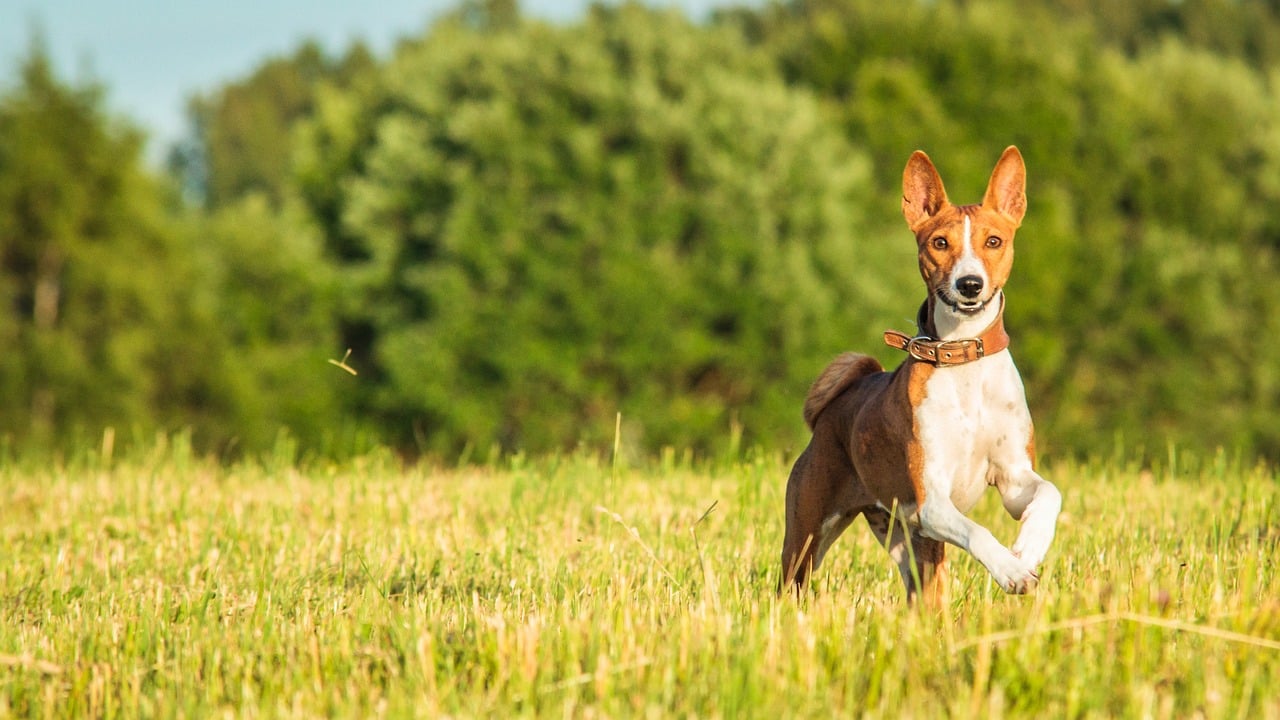 Shutterstock
Shutterstock
Bringing home a dog is an exciting moment, but not every breed is a perfect fit for every lifestyle. While all dogs have the potential to be loyal, loving companions, some breeds come with particular traits and challenges that can be overwhelming for inexperienced owners or those unprepared for their unique needs. Professional dog trainers often caution against adopting certain breeds without thorough research and preparation. These dogs may not be ideal for everyone, Whether due to high energy, strong independence, or specific training requirements.
Akita
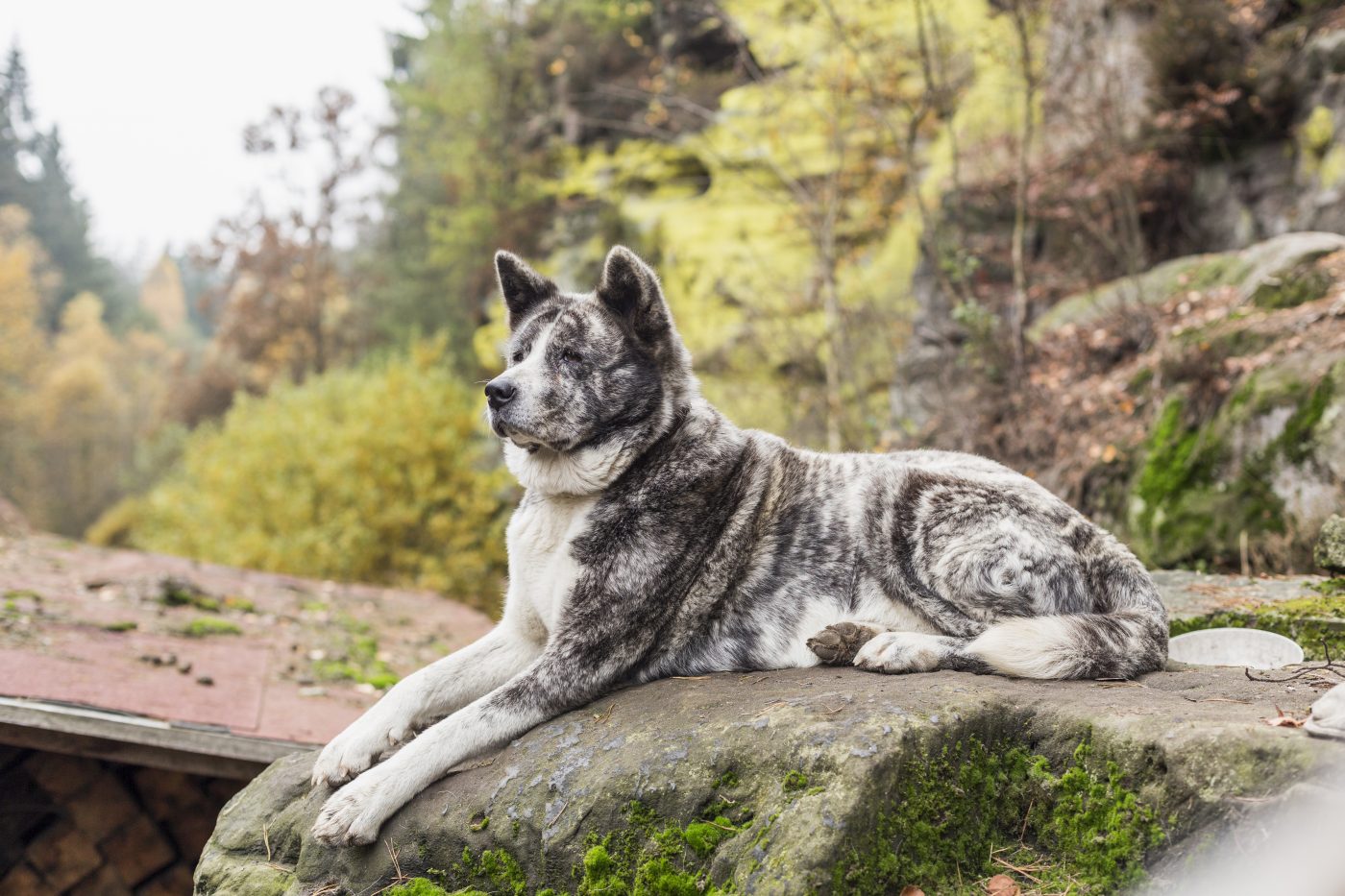 Shutterstock
Shutterstock
Akitas are large, powerful dogs known for their loyalty and protective nature. While they can be incredibly devoted to their families, Akitas are also known for their strong-willed personalities and aloofness with strangers. This breed requires firm, consistent training from an experienced handler to ensure they don’t become overly dominant or aggressive. Akitas also have a strong prey drive, meaning they may not get along well with smaller pets. Akitas can become territorial and difficult to manage without proper socialization and training, making them a challenge for first-time dog owners.
Border Collie
 Shutterstock
Shutterstock
Border Collies are often hailed as one of the most intelligent dog breeds, but an intense need for mental and physical stimulation comes with that intelligence. These high-energy herding dogs thrive in environments where they have a job, whether herding sheep or competing in agility sports. Without proper outlets for their energy, Border Collies can become bored, destructive, and even neurotic. They require an owner committed to providing daily exercise, mental challenges, and training. If you’re not prepared for their constant need for stimulation, you may be overwhelmed by this energetic breed.
Belgian Malinois
 Shutterstock
Shutterstock
The Belgian Malinois is often used in police and military work due to its high energy, intelligence, and trainability. However, their intense drive and work ethic make them unsuitable for the average pet owner. Belgian Malinois need constant physical and mental challenges, and if left without a job or sufficient activity, they can become destructive and difficult to handle. Trainers caution against adopting a Malinois unless they have the experience and time to dedicate to their training and exercise needs. This breed is not content to be couch potatoes—they need to work.
Afghan Hound
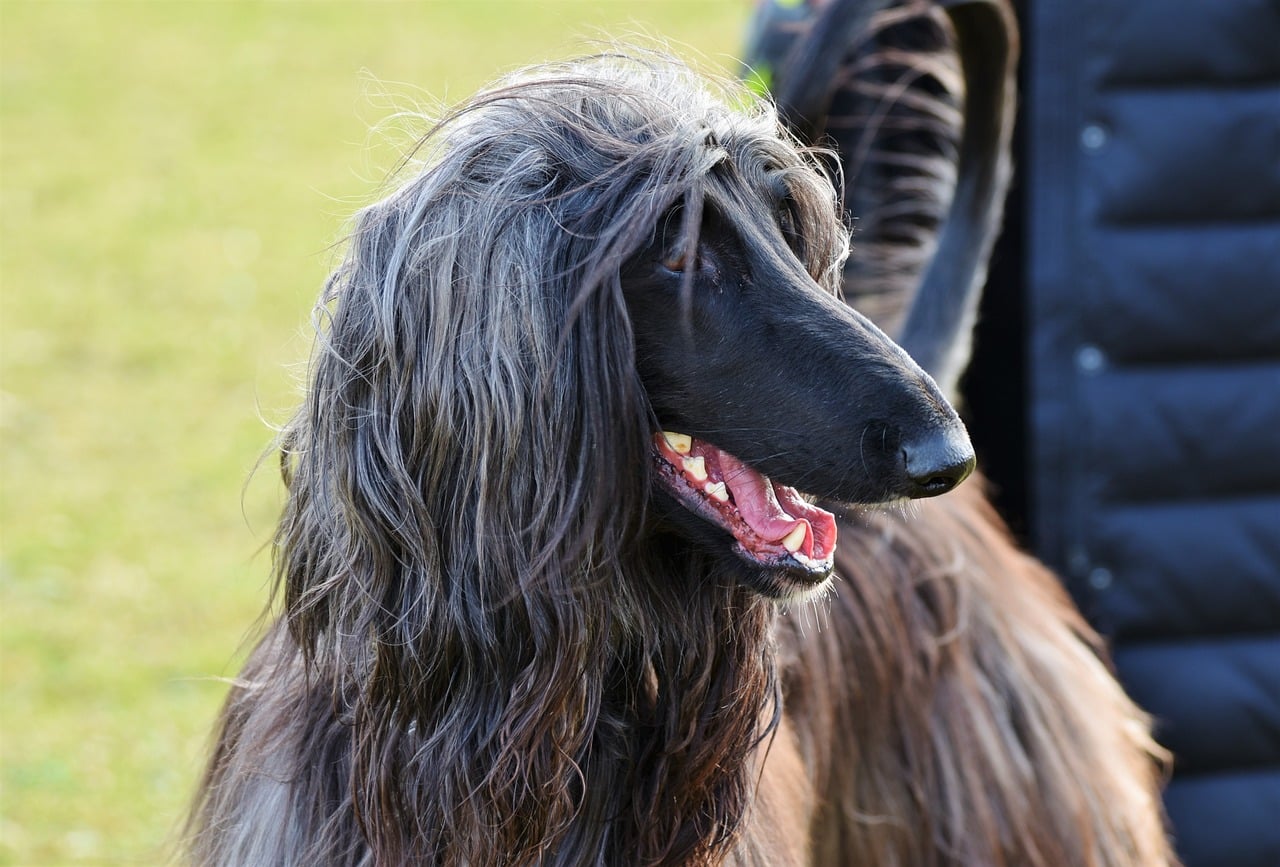 Shutterstock
Shutterstock
Known for their elegant appearance and silky coat, Afghan Hounds are also known for their independence and aloofness. While they can be affectionate with their family, Afghan Hounds are not the most eager-to-please breed, making them a challenge in training. Their independent nature, coupled with a high prey drive, means they may not always come when called, especially if they see something interesting to chase. Trainers often warn that Afghan Hounds require a patient, experienced owner who understands their unique temperament and is willing to work with their stubborn streak.
Dogo Argentino
 Shutterstock
Shutterstock
The Dogo Argentino is a powerful, muscular breed originally bred for big game hunting. With their protective nature and strong prey drive, they can make excellent guard dogs but may be too much for inexperienced owners to handle. Dogos require early socialization and firm, consistent training to ensure they don’t develop aggressive tendencies. Their strong-willed personalities mean they need a confident handler who can establish clear boundaries. Dogo Argentinos can become difficult to control without proper training and leadership, so trainers often caution against adopting this breed without prior experience.
Jack Russell Terrier
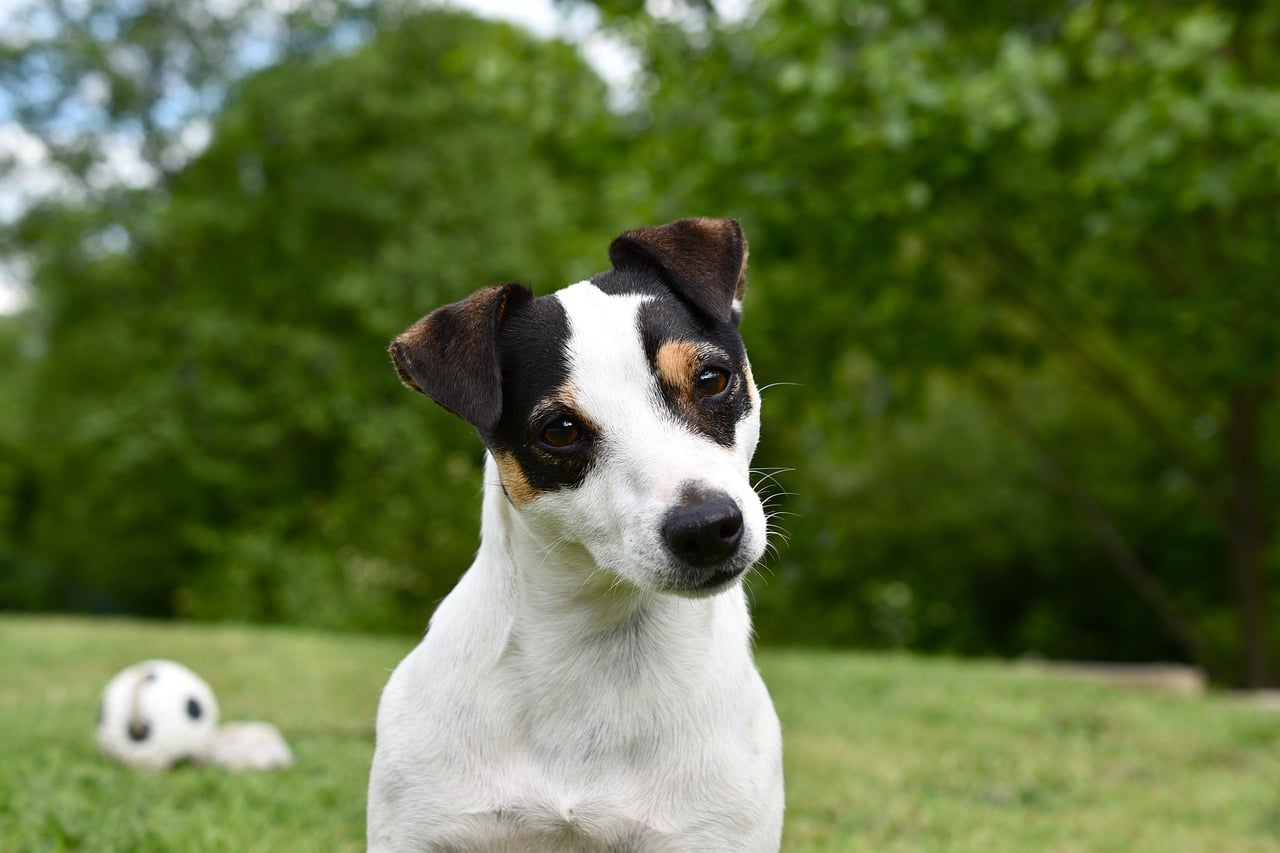 Shutterstock
Shutterstock
Jack Russell Terriers may be small but packed with energy and drive. These feisty terriers were bred for hunting, and they still retain a strong prey instinct, making them difficult to live with if you have other small pets. Jack Russells require plenty of exercise and mental stimulation to keep them from becoming bored and destructive. Their strong-willed nature means they may try to outsmart their owners, leading trainers to advise potential adopters to be prepared for a challenge. Jack Russells can become little tornadoes of mischief without sufficient outlets for their energy.
Chow Chow
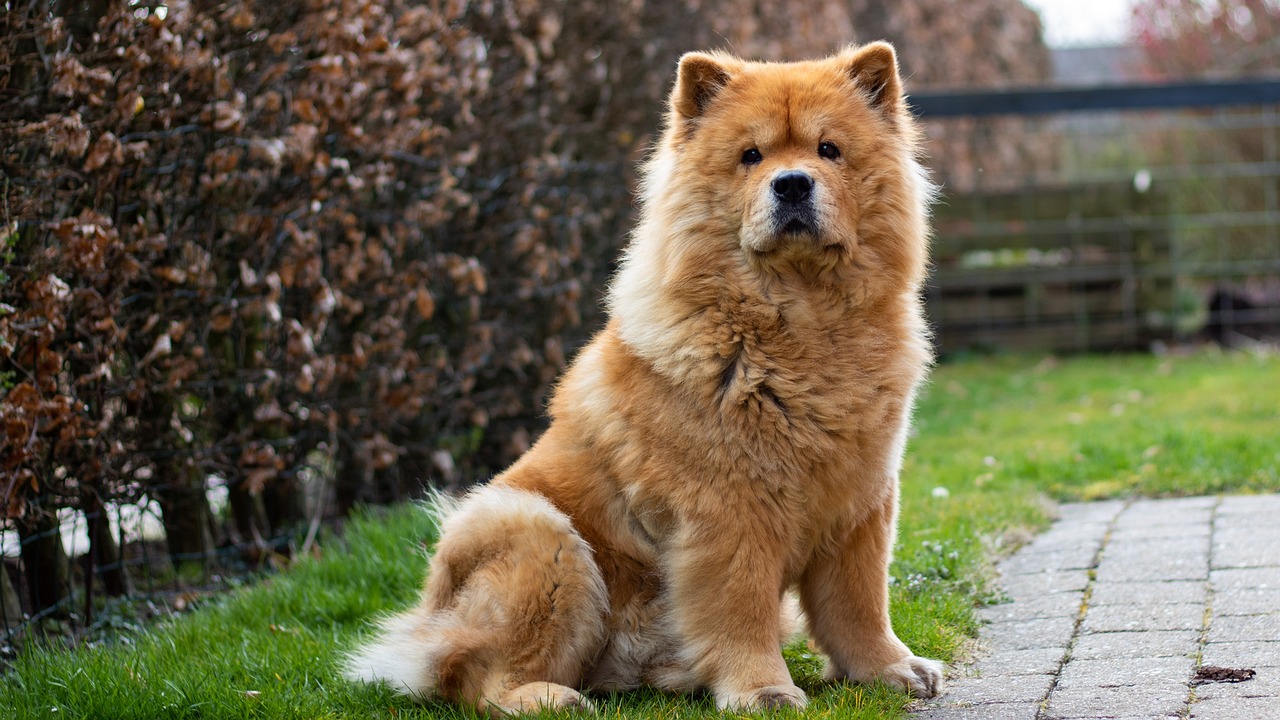 Shutterstock
Shutterstock
Chow Chows are known for their distinctive lion-like appearance, but they also come with a personality that can be challenging for some. They are independent, aloof, and can be territorial, especially with strangers or other dogs. Chow Chows are not particularly eager to please, making training challenging. Without proper socialization and a strong, consistent handler, they may develop aggressive or dominant behaviors. Trainers often warn that Chow Chows are not the best fit for first-time dog owners, as they require someone who understands their unique temperament and can provide firm leadership.
Cane Corso
 Shutterstock
Shutterstock
The Cane Corso is a large, powerful breed originally bred as a guard dog and protector. With their strong protective instincts and imposing presence, Cane Corsos requires a confident, experienced owner who can provide firm training and establish clear boundaries. Without proper socialization and leadership, Cane Corsos can become overly protective and difficult to control. Trainers are cautioned against adopting a Cane Corso unless they have experience with large, dominant breeds and are prepared to invest time in training and socialization. This breed is not for the faint of heart.
Australian Cattle Dog
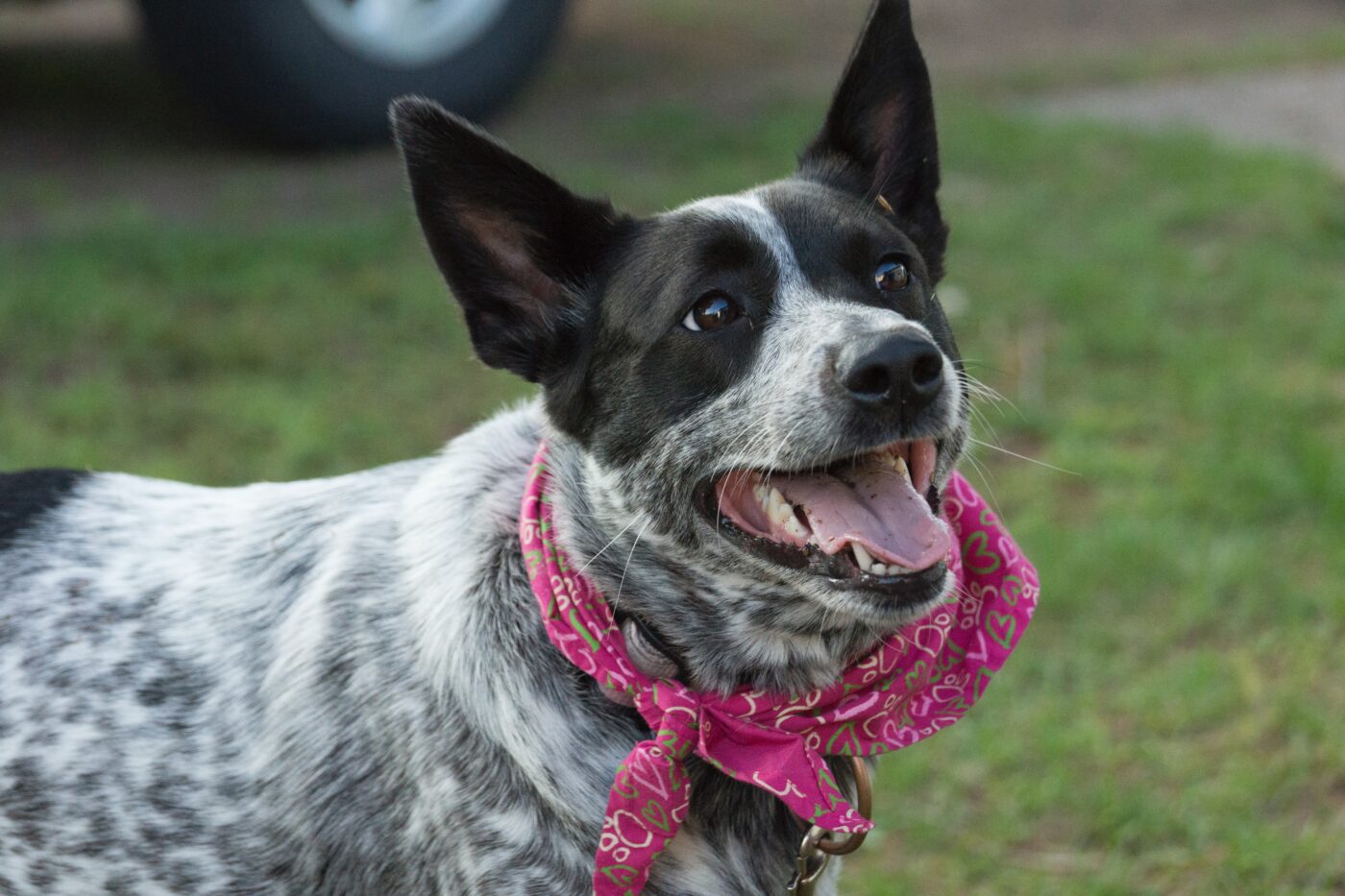 Shutterstock
Shutterstock
Australian Cattle Dogs, also known as Blue Heelers, are known for their intelligence, agility, and herding instincts. While they make excellent working dogs, their high energy levels and need for mental stimulation can make them a handful in a typical household. Australian Cattle Dogs require daily exercise and tasks to keep them occupied, and without enough to do, they can become destructive and difficult to manage. Their strong herding instincts also mean they may try to “herd” children or other pets, which can be problematic. Trainers advise that this breed best suits active owners who can provide plenty of activity and challenges.
Shiba Inu
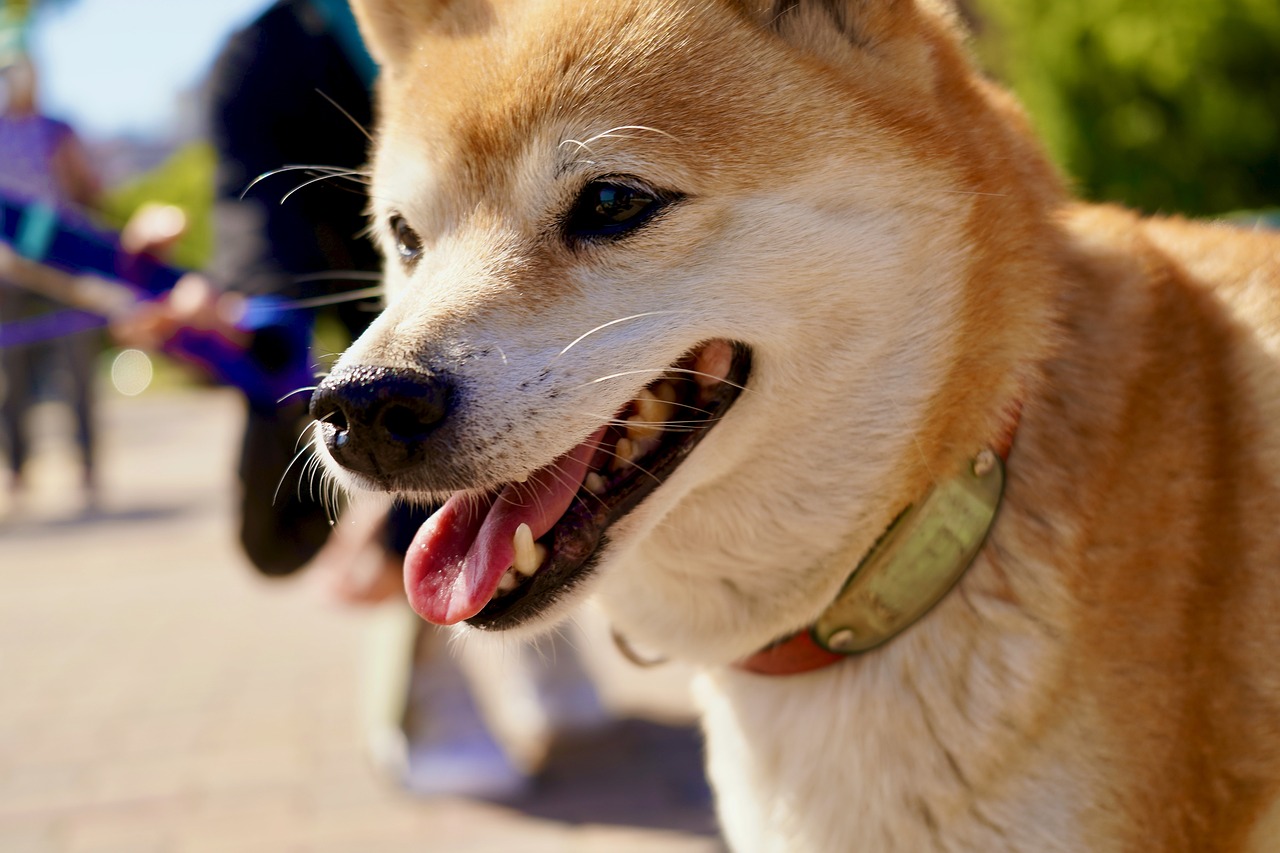 Shutterstock
Shutterstock
Shiba Inus may be small, but they are fiercely independent and strong-willed. Known for their cat-like personalities, Shiba Inus are not the easiest dogs to train, as they tend to have a mind of their own. They are notorious for being escape artists, so a secure yard and supervision are necessary. Shibas can be aloof and reserved with strangers; without proper socialization, they may become territorial or aggressive. Trainers warn that Shiba Inus is not for everyone, especially if you’re looking for a dog that is eager to please or highly trainable.
Alaskan Malamute
 Shutterstock
Shutterstock
Alaskan Malamutes are large, strong dogs bred for pulling heavy sleds in harsh climates. Their strength and endurance make them excellent working dogs, but they can be a challenge for inexperienced owners. Malamutes are independent, strong-willed, and have a high prey drive, making them difficult to manage without consistent training and leadership. They also require a lot of exercise to keep them happy, and without it, they can become destructive. Trainers caution that Malamutes need an experienced handler who understands their needs and is prepared to provide the necessary structure and activity.
American Pit Bull Terrier
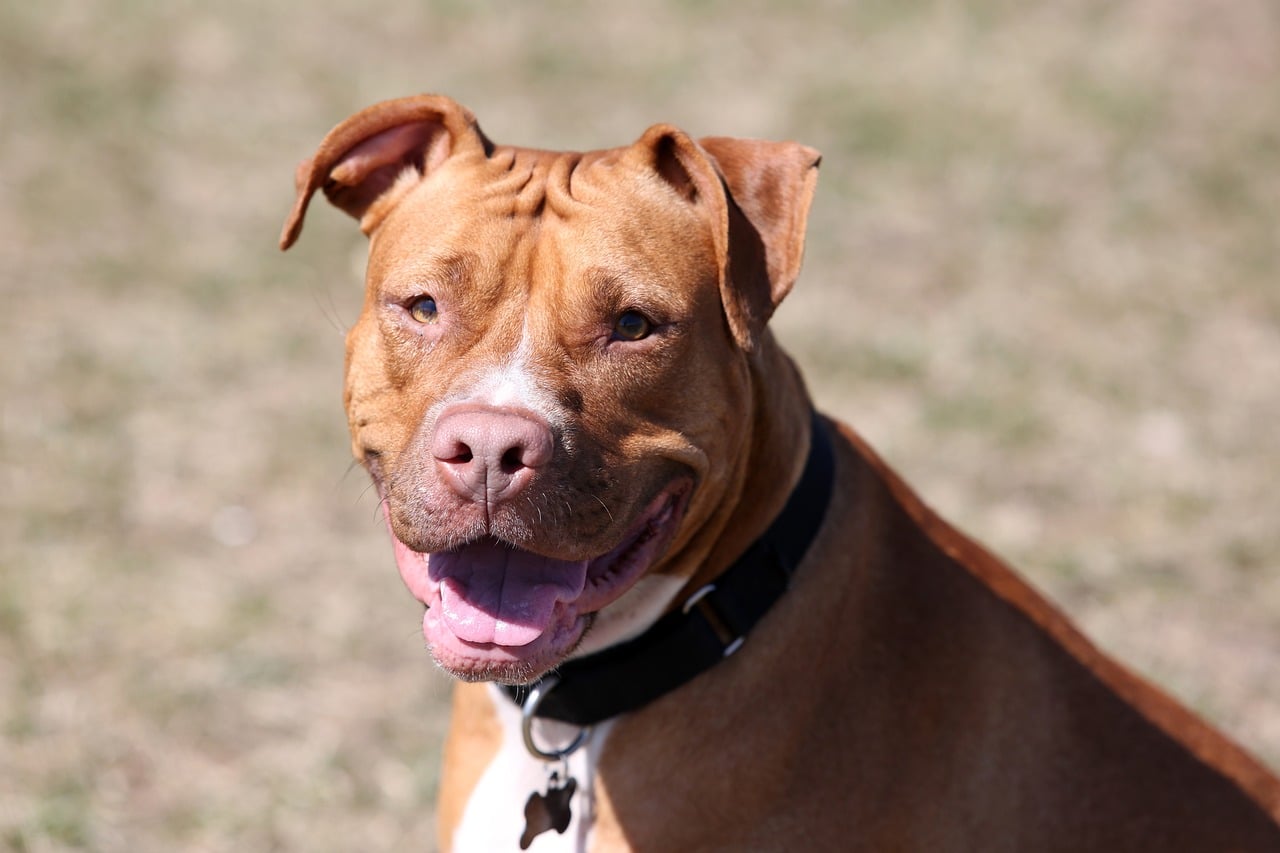 Shutterstock
Shutterstock
American Pit Bull Terriers are often misunderstood but require a firm, experienced handler to bring out their best traits. While Pit Bulls can be incredibly affectionate and loyal, they are also strong, powerful dogs with a history of being used in dog fighting. They may develop aggressive tendencies toward other dogs or animals without proper training and socialization. Trainers warn that adopting a Pit Bull requires dedication to training, socialization, and responsible ownership. This breed can thrive in the right hands but may not be suitable for first-time dog owners.
Fila Brasileiro
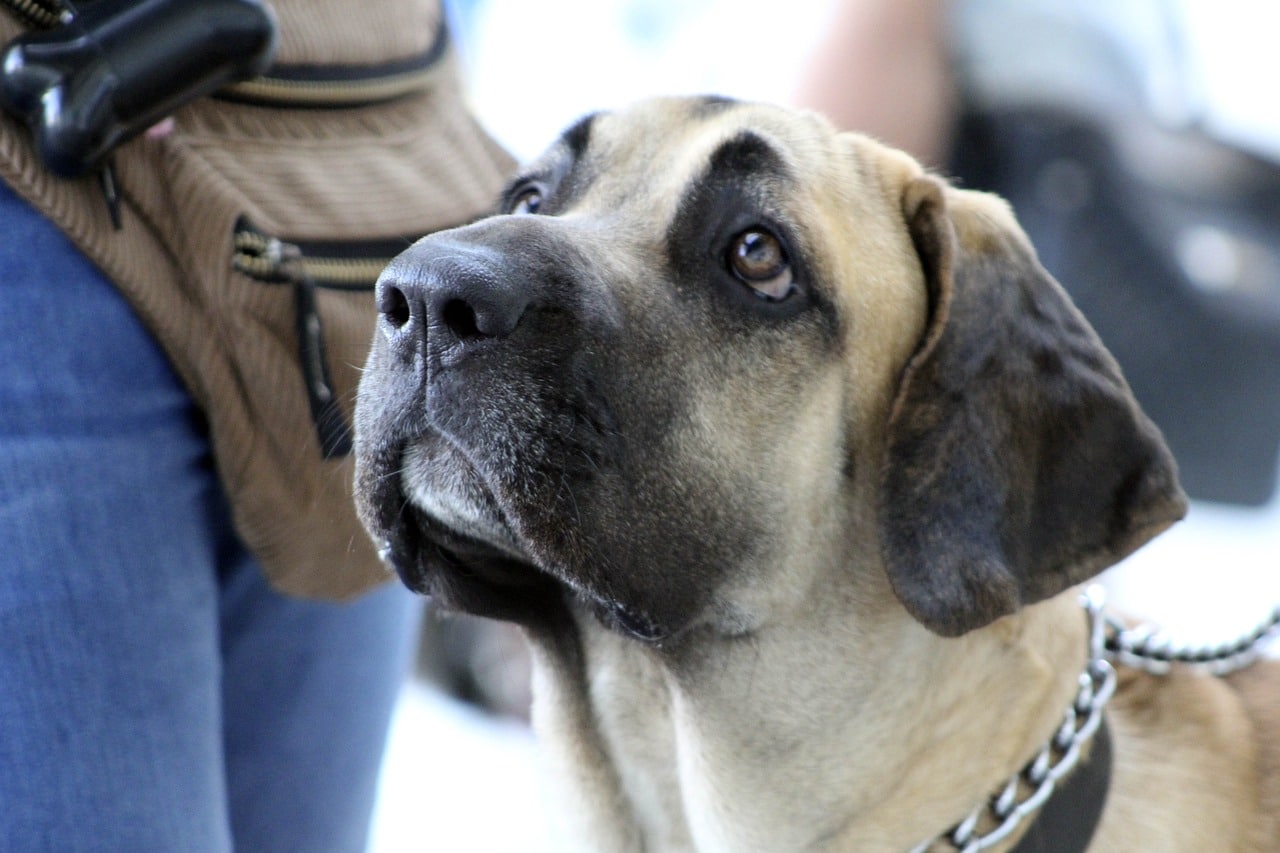 Shutterstock
Shutterstock
The Fila Brasileiro, or Brazilian Mastiff, is a large, powerful breed known for its protective and territorial nature. Bred for guarding livestock, Filas are highly suspicious of strangers and can become aggressive if not properly trained and socialized. Trainers often caution that this breed is not for inexperienced owners, as their strong protective instincts can be difficult to manage. Filas require firm, consistent leadership and early socialization to prevent them from becoming overly aggressive or territorial. This breed is not recommended for households with frequent visitors or inexperienced owners.
Russian Black Terrier
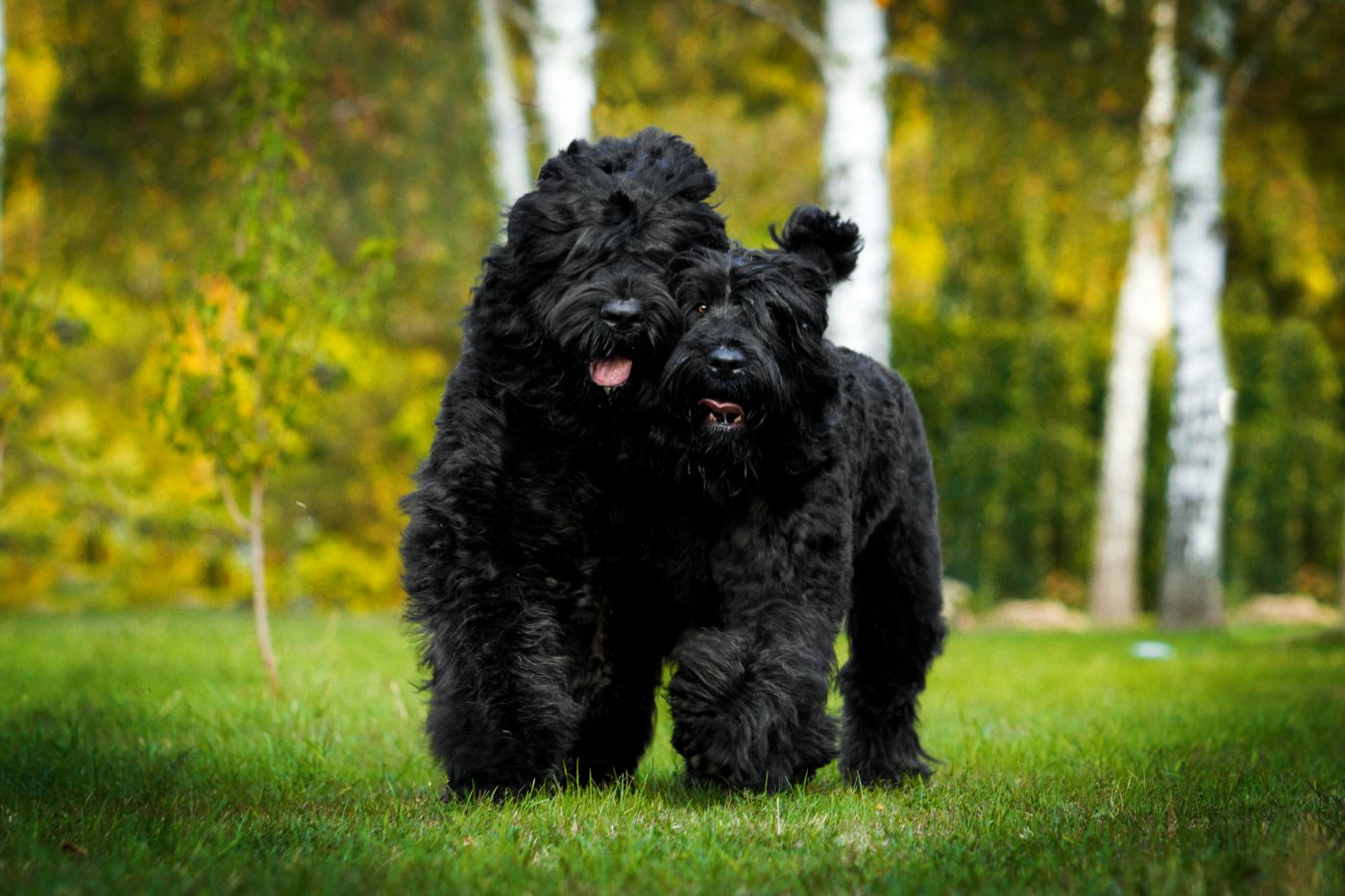 Shutterstock
Shutterstock
Russian Black Terriers are large, powerful dogs that were originally bred for military and guard work. They are known for their intelligence and protective instincts but can also be stubborn and independent. Russian Black Terriers require an experienced handler who can provide firm leadership and consistent training. Without proper socialization, they may become overly protective or territorial, which can be difficult to manage. Trainers warn that this breed is best suited for owners who have experience with large, dominant dogs and are prepared to invest time in their training and socialization.
Tibetan Mastiff
 Shutterstock
Shutterstock
Tibetan Mastiffs are large, independent dogs known for their protective nature and aloofness. Bred to guard livestock in the mountains of Tibet, these dogs have strong territorial instincts and can be difficult to train. Tibetan Mastiffs are not particularly eager to please and may ignore commands if they don’t see the point. Their independent nature, size, and strength make them a challenge for inexperienced owners. Trainers advise that Tibetan Mastiffs are best suited for those with experience with large, independent breeds and are prepared to handle their unique temperament.
Basenji
 Shutterstock
Shutterstock
The Basenji, often called the “barkless dog” due to its unique vocalizations, is known for its independent and sometimes stubborn nature. While small and agile, Basenjis are not the easiest dogs to train. They are highly intelligent but have a mind of their own, making them difficult to manage for inexperienced owners. Basenjis also have a strong prey drive and are known escape artists, so a secure yard is essential. Trainers often caution that this breed is best suited for experienced dog owners who understand their unique personality and training needs.
Irish Wolfhound
 Shutterstock
Shutterstock
The Irish Wolfhound is majestic and imposing, one of the tallest dog breeds. Despite their gentle demeanor, these massive dogs require much space and exercise to thrive. Their size alone can be a challenge for inexperienced owners, as Irish Wolfhounds need plenty of room to stretch out, and their strength can be overwhelming during walks. Additionally, their relatively short lifespan and susceptibility to certain health issues can be difficult for some families to manage. Trainers often advise that only those with ample space and dedication consider adopting this gentle giant.
Neapolitan Mastiff
 Shutterstock
Shutterstock
The Neapolitan Mastiff is a large, imposing breed known for its loyalty and protective instincts. While they can be affectionate with their families, they require an experienced handler due to their independent and sometimes stubborn nature. Neapolitan Mastiffs need consistent training and early socialization to manage their strong guarding tendencies. Their size and strength also mean they can be challenging to control without proper training. They are best suited to owners who understand large breeds and have the time and patience for a dog that requires firm but gentle guidance. Inexperienced owners may find them difficult to manage, making them a breed recommended only for those with prior experience.
Weimaraner
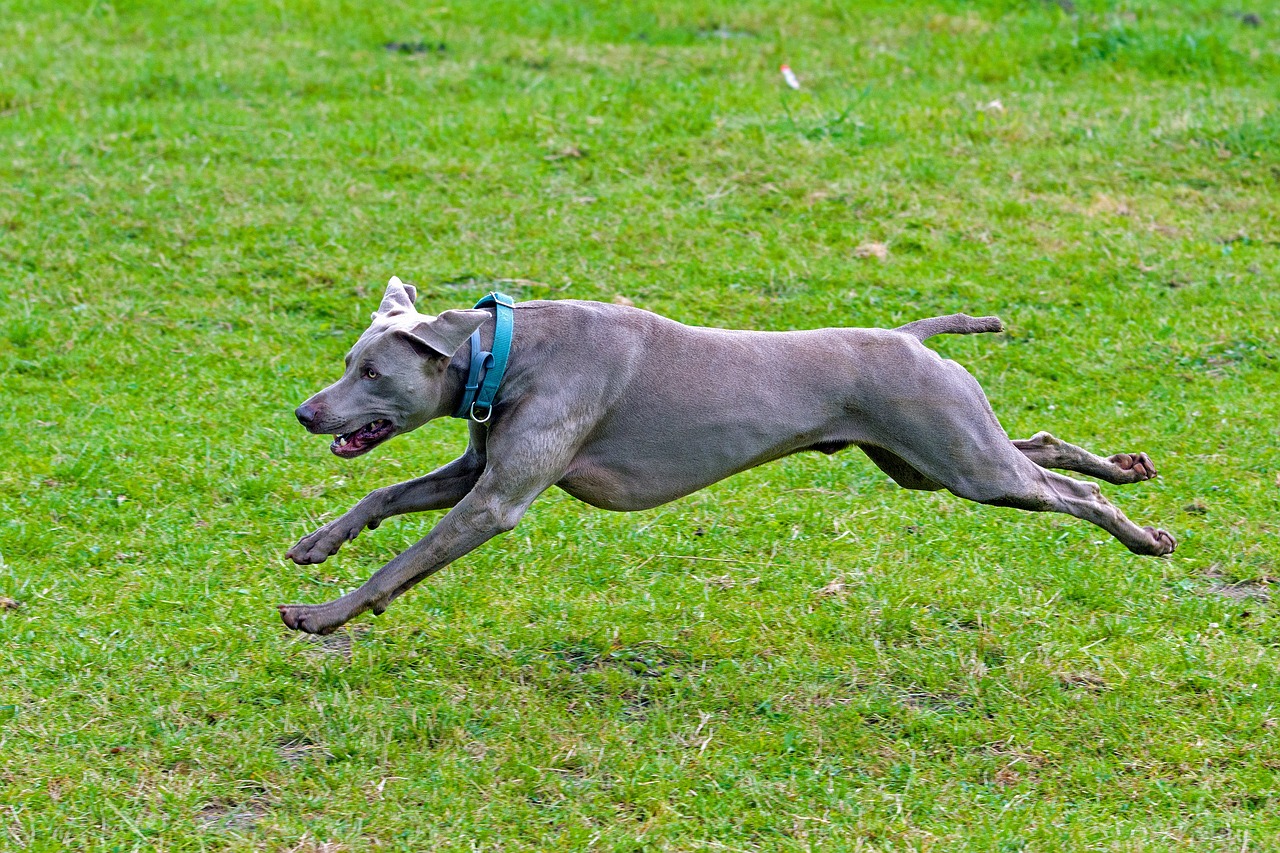 Shutterstock
Shutterstock
Weimaraners are energetic, intelligent dogs with a high drive for activity and mental stimulation. Bred for hunting, they require a lot of physical exercise and engagement, and without it, they can become restless, destructive, and difficult to handle. Weimaraners are also highly attached to their families and can suffer from severe separation anxiety if left alone for long periods. This breed needs an active owner who can provide the mental and physical stimulation they crave, ideally someone who enjoys outdoor activities like hiking, running, or agility training. Without adequate activity and companionship, Weimaraners can be challenging for less-experienced owners.
Dalmatian
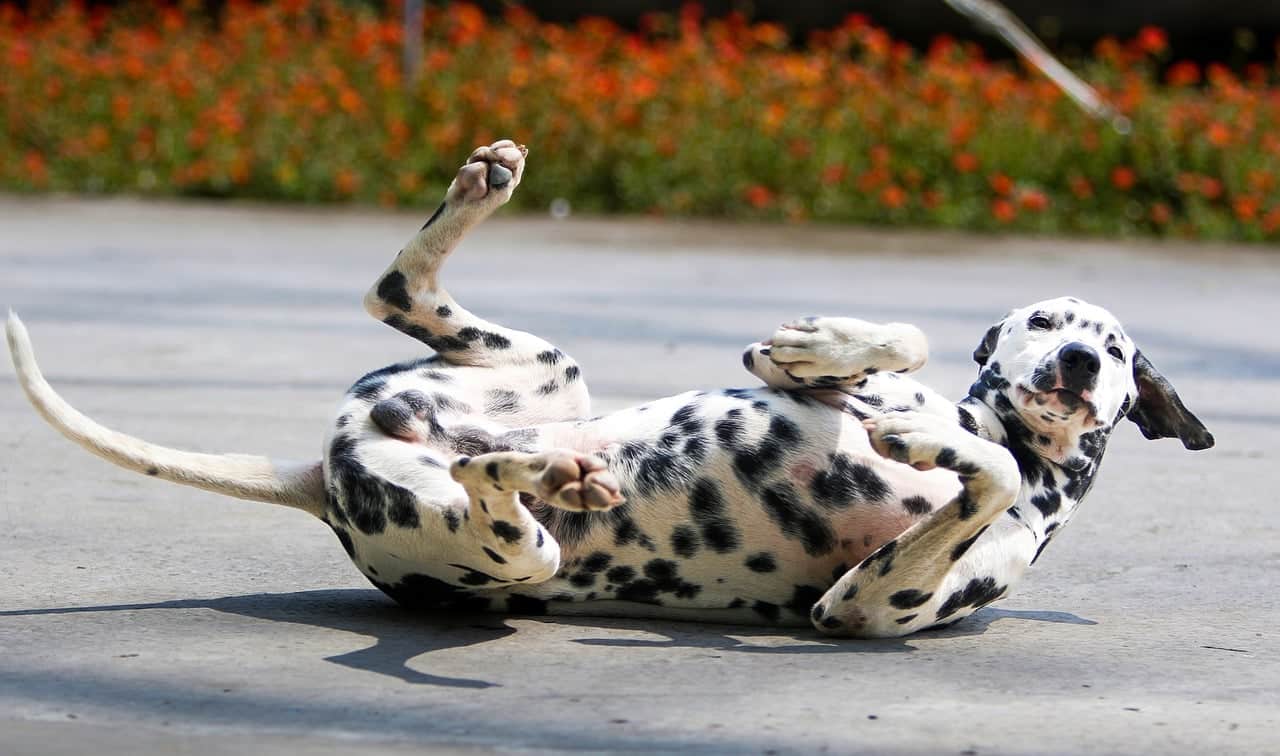 Shutterstock
Shutterstock
Dalmatians are a high-energy breed with a unique personality that can be challenging for inexperienced owners. Known for their intelligence and independence, Dalmatians require firm, consistent training from an early age to manage their sometimes stubborn nature. They are highly energetic and need a lot of exercise to stay happy and balanced; without it, they can become hyperactive and even destructive. Additionally, they can be sensitive and may not respond well to harsh training methods. Dalmatians thrive in active households with owners who can commit to their exercise and training needs. They’re best suited to experienced owners who can keep up with their spirited personalities.
Rhodesian Ridgeback
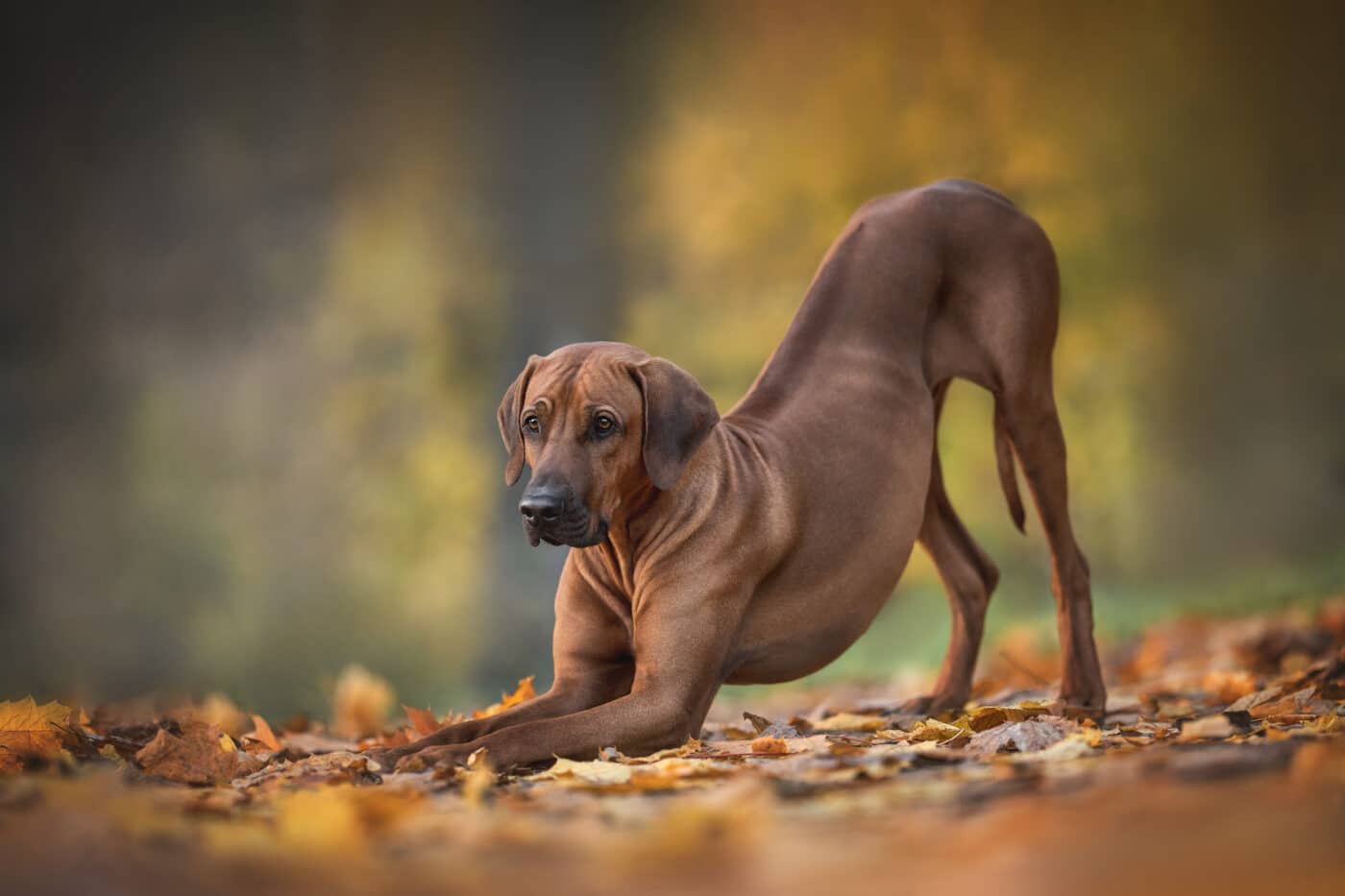 Shutterstock
Shutterstock
Rhodesian Ridgebacks are loyal and protective, often forming strong bonds with their families. However, their independent and strong-willed nature can make them challenging for novice owners. Originally bred to hunt lions in Africa, they have a high prey drive and a natural instinct for guarding, which requires proper training and early socialization. Ridgebacks can be aloof with strangers and may become overly protective if not handled correctly. They need a confident, experienced owner who can provide firm, consistent training and plenty of exercise. Without proper management, their independence and strength can be overwhelming for those new to the breed.
Bull Terrier
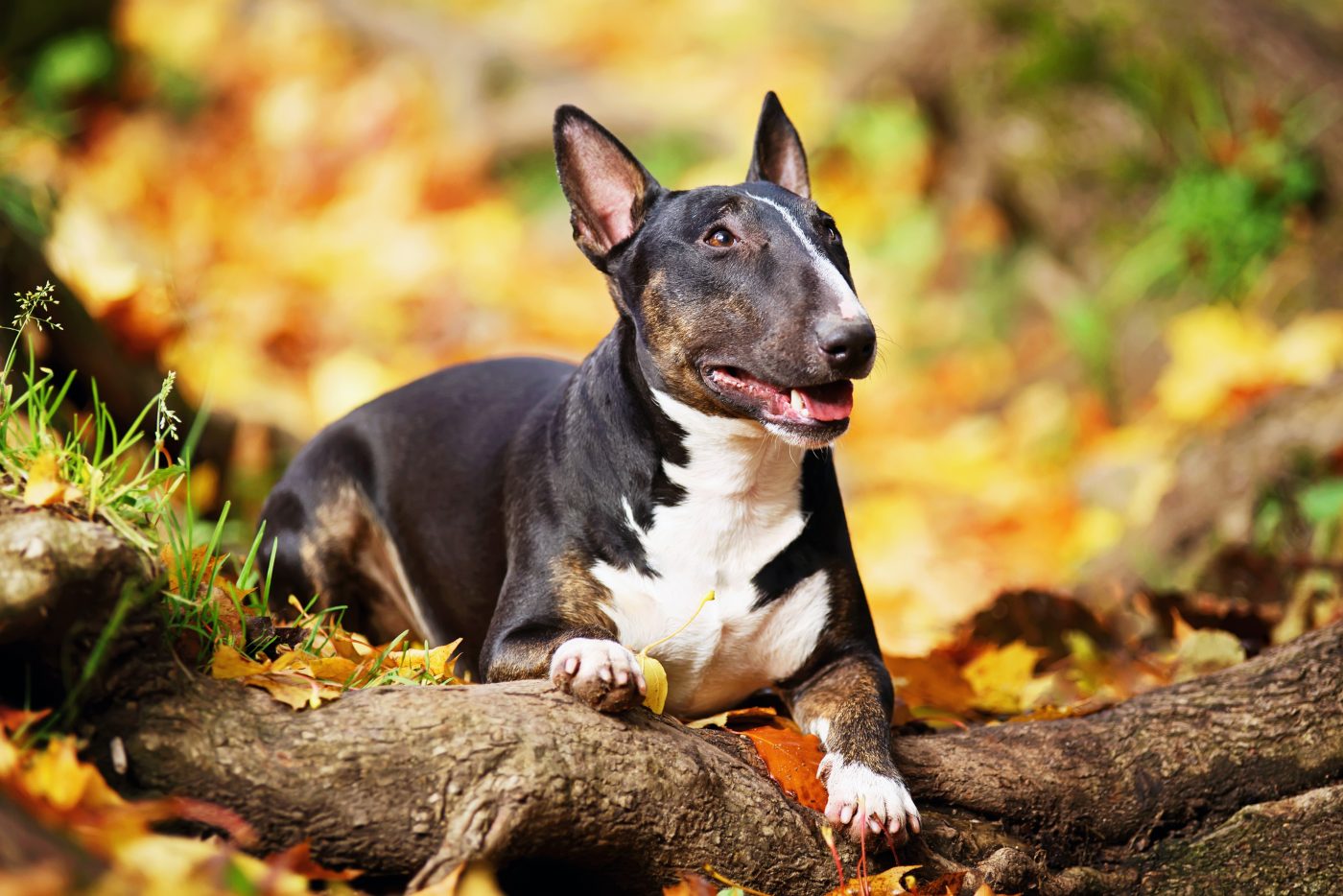 Shutterstock
Shutterstock
Bull Terriers are known for their playful, quirky personalities, but they also come with a strong will and high energy that can be difficult to manage. They’re affectionate with their families, but their independent streak requires an owner who can establish clear boundaries and maintain consistent training. Bull Terriers are also known to be stubborn and require plenty of mental stimulation and exercise to prevent boredom, which can lead to destructive behavior. Their strength and energy make them best suited for owners who understand their unique needs and can provide a structured environment. First-time dog owners may struggle with the breed’s distinctive personality and need for consistent guidance.
Scottish Deerhound
 Shutterstock
Shutterstock
Scottish Deerhounds are gentle giants with a calm demeanor, but their large size and hunting instincts require specific handling that may not be ideal for every owner. Bred to chase and hunt, they have a strong prey drive and require secure, fenced areas for exercise. Deerhounds are generally easygoing, but their independent nature means they may not always respond to commands, especially if they sense something more interesting in their environment. They are best suited to experienced owners who can provide ample exercise in safe environments and understand the unique requirements of a large, independent breed. In homes without proper management, their size and instincts can become problematic.
The Pawful Truth When Your Dog’s More Boss Than Buddy
 Shutterstock
Shutterstock
Bringing home one of these challenging breeds isn’t for the faint of heart, but for the right owner, they can be incredibly rewarding companions. Whether it’s the independent Shiba Inu or the high-energy Border Collie, each breed has its own set of quirks that require patience, dedication, and experience. While they may not be the easiest dogs to live with, their loyalty, intelligence, and unique personalities make them worthwhile—if you’re up for the challenge. Be sure you’re ready for a wild (sometimes fur-filled) ride!
 Toledo, United States.
Toledo, United States.